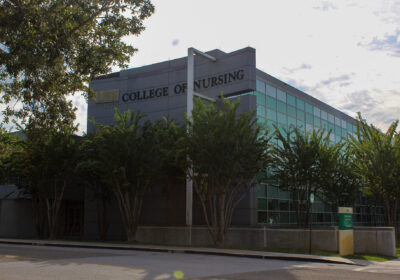American infrastructure faces bleak future
The American Society of Civil Engineers (ASCE), the world’s largest and oldest publisher of civil engineering information, report card on American Infrastructure for 2013 offers a bleak insight on the U.S.’s crumbling foundation.
On an A-F grading scale, the country managed a meager “D+,” a failing grade by any academic standard. Among the components of the assessment, drinking water earned a startling “D,” as did aviation, hazardous waste and roads.
Worse still, seven years after Hurricane Katrina, one of the costliest natural disasters in American history, flood levees topped the list of failures with a “D-.”
The report estimates that approximately $3.6 trillion dollars is required to meet quality standards by 2020, averaging about $514 billion per year in the next seven years. The dreary figures are compounded with the bleak forecast of federal government spending on infrastructure, indicating that only a fraction of the required funds would be allocated towards declining or even obsolete structures.
The report details the implications of underestimating its recommendations. Deteriorating roadways would increase the likelihood of traffic accidents and congestion. Deficient flood levees could invite cataclysmic floods rivaling the likes of Hurricane Sandy and Katrina. Even easily fixed inefficiencies in wastewater treatment plants could produce sewer defects and unsanitary drinking water.
President Barack Obama’s February State of the Union Address touched on the woes of American infrastructure, introducing the “Fix-It-First” initiative, which he reiterated last month when he visited Miami. The undertaking claims to create jobs while improving the nation’s bridges, roads and facilities through a partnership between the federal government and private business — trendy political rhetoric that was popular with both Democrats and Republicans.
Despite the night’s standing ovations, the subsequent U.S. Department of Transportations budget highlights for the 2014 fiscal year did not live up to the ambiguous hype. The budget request for the initiative called for $77 billion with $50 billion in immediate spending, going to great lengths to detail fund allocation without quite specifying the strategy behind each cost.
The infrastructure budget left much to the imagination, but most peculiarly, it exemplified our elected representatives’ utter lack of concern for ASCE reporting and America’s crumbling infrastructure. For the 2014 fiscal year alone, states would have to contribute a total $387 billion (75 percent of the total burden) or approximately $7.7 billion per state to meet quality standards, and growth from federal sources is not projected to grow drastically.
Infrastructure is the heart of a nation’s industry and an integral part of America’s economic vitality. Failure to acknowledge a leak in the foundation can bring the whole house down, and the cost may be more than we could bear. Proactive measures to sustain the country’s roads, buildings, ports and airports could be taken by our elected representatives to reduce the burden on generations to come, otherwise, if current investment trends continue, failing American infrastructure could end up costing the average American family $28,000 by the year 2020.






